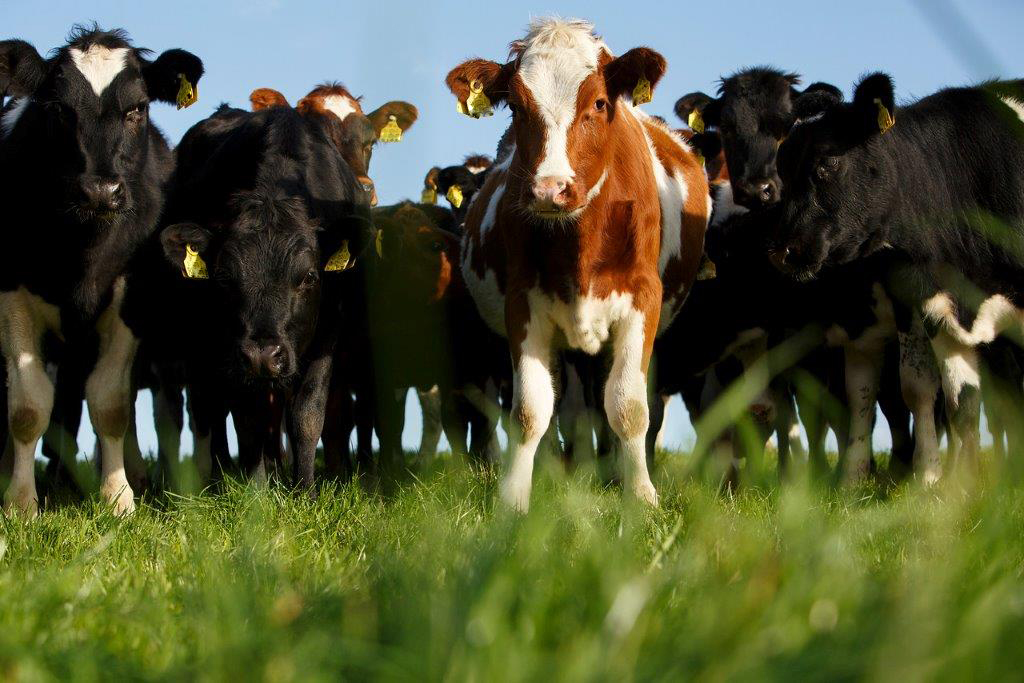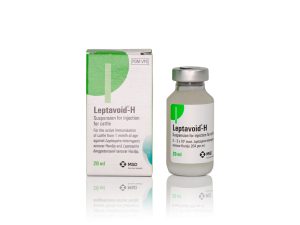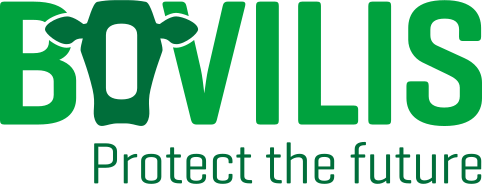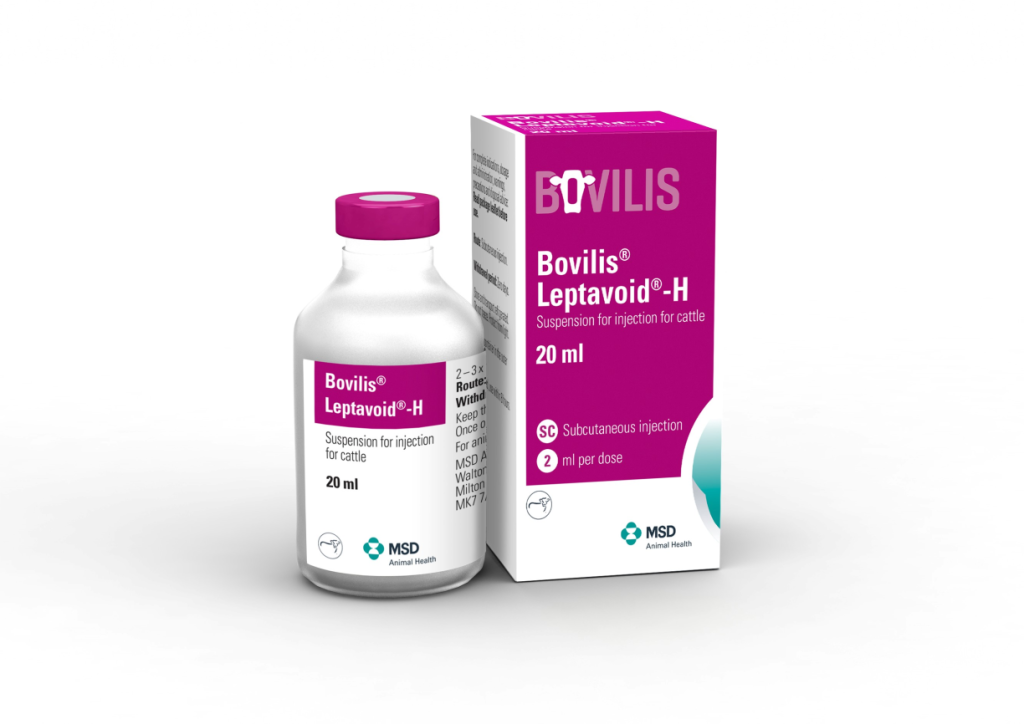

Leptospirosis
Bovilis Leptavoid-H
Leptospirosis in Cattle
Leptospirosis in cattle is one of the most common causes of abortion in dairy and beef herds in Ireland and according to Richard Ryan from Ormonde Veterinary Hospital, now is the ideal time to take control of the disease through an effective vaccination programme.
“With the breeding season just around the corner, we have to watch out for key diseases that are going to impact herd fertility.
Leptospirosis can be detrimental to fertility as it can contribute to decreased conception rates as well as abortions weeks after the initial infection.”
Patrick Darmody explains how he protects his herd against leptospirosis while local vet Richard Ryan gives some pre-breeding advice
One farmer who has seen the benefits of implementing a vaccination programme against Leptospirosis is Kilkenny farmer, Patrick Darmondy. A fourth-generation farmer, Patrick runs a dairy and beef enterprise alongside his mother and wife.
Achieving optimum herd health, fertility and survival are key priorities for Patrick. His herd is made up of 50% Holstein Friesian, British Friesian crosses to promote hybrid vigour and 100% AI is carried out on the farm in order to maintain a closed herd policy.
Clinical signs of Leptospirosis in Cattle
The first step in protecting against any animal disease is identifying the cause of the problem. There are two serovars of Leptospirosis commonly found in cattle in Ireland – Leptospira interrogans hardjo and Leptospira borgpetersenii hardjo. Leptospirosis circulates in a herd by direct transmission from infected animals (new infections or carrier animals) or by indirect transmission through urine, birth fluids, milk, contaminated water, or other species.
According to Richard, Leptospirosis can affect cows in a variety of ways. “Similar to what was happening on Patrick’s farm, your herd may experience milk drop syndrome. However, one of the biggest problems we see on farm is decreased conception rates and also abortions, which can typically occur 6-12 weeks after the initial infection.”
Diagnosing Leptospirosis in Cattle
Diagnosis of the disease is based on blood sampling and looking for high antibody levels in affected animals, however this can prove difficult. Often the infection is present 6-to-12 weeks before clinical signs become apparent (e.g. low pregnancy rates picked up at scanning).
It can also be based on the culturing of urine samples. In addition, leptospiral abortion diagnosis is best based on the identification of bacteria in the foetus.
Failure to control the disease can not only have a detrimental effect on the health and production of the herd, but it can affect people too as it is a zoonotic disease – it can cause disease in humans. Common forms of transmission include contact with urine, afterbirth or the aborted foetus of an infected animal.
Vaccination is the number one control strategy
Vaccination is the most reliable way of protecting your herd from Leptospirosis and according to Richard, “We vaccinate to protect your herd but also to help to protect you.”
It is essential to vaccinate heifers before their first pregnancy. The primary vaccination course consists of 2 injections 4-6 weeks apart, and thereafter, an annual booster before turnout and at least 2 weeks before breeding. It is a 2 ml dose, given under the skin to all cattle greater than one month of age. The correct use and timing of vaccination are vital to their success and always read the manufacturers recommendations.

Why vaccinate with Bovilis Leptavoid-H?
Vaccination is a crucial part in controlling this highly infectious disease, however to provide full protection, it is vital to vaccinate against both strains of bacteria that cause the disease.
Bovilis Leptavoid-H is unique in the fact that it is the only vaccine licensed to protect against both strains of Leptospira hardjo. It is also the only vaccine that is licensed to improve conception rates where Leptospirosis has been diagnosed as a cause of infertility. Another additional benefit of Bovilis Leptavoid-H is that it can be used on the same day as Bovilis BVD (to cattle greater than eight months of age).
According to Patrick, “Since vaccinating with Bovilis Leptavoid-H, there has been no going back. I know the vaccine works; fertility has improved, we have had no milk drops and with Leptospirosis being a zoonotic disease, there is reduced risk to anyone working here on the farm.”
“We also find it extremely convenient that we can vaccinate with Bovilis Leptavoid-H at the same time as vaccinating against BVD using Bovilis BVD.”
Product Focus
Related Video
To activate the video player please allow cookies in category ‘Performance and Operation’ and refresh this page.
Related Articles
- Technology for Profit competition #TimeForTech
 We’re looking for Irelands most innovative dairy farmers! #TimeforTech Following the success of our Prevention for Profit campaign we’re excited to launch the “Technology for Profit” competition for 2025.
We’re looking for Irelands most innovative dairy farmers! #TimeforTech Following the success of our Prevention for Profit campaign we’re excited to launch the “Technology for Profit” competition for 2025. - Flies – Nuisance by name, nuisance by nature
 With temperatures slowly on the rise, next on the agenda – fly season. Impact on production and spread of disease Anyone who has worked with cattle during the summer months needs little reminding of the annoyance which flies can cause. They can be responsible for a state of unrest in the parlour for both cows … Read more
With temperatures slowly on the rise, next on the agenda – fly season. Impact on production and spread of disease Anyone who has worked with cattle during the summer months needs little reminding of the annoyance which flies can cause. They can be responsible for a state of unrest in the parlour for both cows … Read more - Reducing Abortion Rates in Your Flock: Enzootic Abortion of Ewes and Toxoplasmosis
 Eleanor Brady, MVB MRCVS, Ruminant Veterinary Manager, MSD Animal Health Many Irish flocks will experience a few abortions each year, but how many abortions is too many? Targets for abortion and overall empty rate are set at <2% and <5% respectively, although many flock owners accept rates higher than this. Approximately one third of lamb … Read more
Eleanor Brady, MVB MRCVS, Ruminant Veterinary Manager, MSD Animal Health Many Irish flocks will experience a few abortions each year, but how many abortions is too many? Targets for abortion and overall empty rate are set at <2% and <5% respectively, although many flock owners accept rates higher than this. Approximately one third of lamb … Read more
Sign up to Bovilis® product and event information

MSD Animal Health
Red Oak North, South County Business Park, Leopardstown,
Dublin 18, Ireland
vet-support.ie@msd.com
PHONE
CATTLE DISEASES





